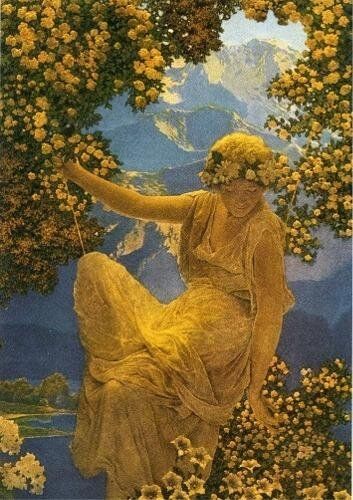Eostre: The Germanic Goddess of Dawn
Eostre is a Germanic goddess of dawn, fertility, and the Spring Equinox. She is often associated with the arrival of spring, rebirth, and new beginnings. Eostre is celebrated during the Spring Equinox, which falls around March 20th or 21st each year. As the days begin to lengthen and the earth starts to awaken from its winter slumber, people honor Eostre for bringing light and life back to the world.
- Eostre is a Germanic goddess of dawn, fertility, and the Spring Equinox.
- She is associated with the arrival of spring, rebirth, and new beginnings.
- People honor Eostre during the Spring Equinox for bringing light and life back to the world.
The Origins of Eostre
Eostre’s origins can be traced back to ancient Germanic tribes who worshipped her as a goddess of fertility and the dawn. She was also associated with the changing of the seasons, particularly the transition from winter to spring. Eostre’s name is thought to come from the Proto-Indo-European word for “dawn,” which is also where the word “east” comes from. This connection to the east further solidifies Eostre’s association with the rising sun and the dawn of a new day.
- Eostre’s origins can be traced back to ancient Germanic tribes who worshipped her as a goddess of fertility and the dawn.
- She was associated with the changing of the seasons, particularly the transition from winter to spring.
- Eostre’s name is thought to come from the Proto-Indo-European word for “dawn,” which is also where the word “east” comes from.
Celebrating Eostre
Today, many people still celebrate Eostre during the Spring Equinox, albeit in a slightly different form. The Christian holiday of Easter, which falls around the same time as the Spring Equinox, is believed to have borrowed some of its traditions from the celebration of Eostre. Eggs, for example, are a common symbol of fertility and rebirth, making them a fitting representation of Eostre’s influence over the changing seasons.
- Many people celebrate Eostre during the Spring Equinox, often through the Christian holiday of Easter.
- Eggs are a common symbol of fertility and rebirth, representing Eostre’s influence over the changing seasons.
Connecting with Eostre
If you feel drawn to Eostre’s energy and want to connect with her on a deeper level, there are several ways you can do so. Spend time outdoors, particularly at dawn, to honor her as a goddess of the sunrise. Plant seeds or tend to a garden as a way of embracing the fertility aspect of Eostre’s domain. You can also incorporate symbols of the dawn, such as feathers or roosters, into your altar or daily rituals to invoke Eostre’s presence in your life.
- Connect with Eostre by spending time outdoors at dawn, honoring her as a goddess of the sunrise.
- Embrace her fertility aspect by planting seeds or tending to a garden.
- Incorporate symbols of the dawn into your rituals to invoke Eostre’s presence in your life.
In conclusion, Eostre is a powerful goddess of dawn, fertility, and the changing seasons. Celebrated during the Spring Equinox, she represents the rebirth and renewal that comes with the arrival of spring. By honoring Eostre and connecting with her energy, we can tap into the transformative power of the changing seasons and embrace new beginnings in our own lives.
You can review our digital products by following us on Etsy.





